Guest Column: Mumbai- Past, Present and Future - Ketan Vaidya
A few days back my book’ Hope Express- Tomorrow is a new day’ got published at the Delhi book fair. The book takes a glance at the post nineties Mumbai from the prism of a journalist. Since, I was a journalist during that time I have tried to document that period in the book. The book chronicles a journalist quest to cover daring news at the same time looks at the personal life of a journalist. This is an oft ignored aspect of how a journalist’s work life impact’s his personal life.
Hope Express has many angles, happenings and incidents which talk about Mumbai and its changing identity. However, the story revolves around 4-5 main characters. One among them is Raghu. Raghu is a dreamy, idealist and a clean hearted individual. He is a son of a mill worker. Raghu dreams of becoming a journalist. He takes up small jobs to cobble up enough money to complete a course in Journalism which will aid his entry into a big news network.
In today’s digital age it is Raghu who introduces Roshni to a Mumbai that she has never seen. This is a Mumbai that stays in the dark alleys of Kamathipura and Dharavi. Raghu’s father is a Mill Union leader and a retired mill worker. He has lost hope due to the failure that he had to encounter during the mill strike. But his fight against injustice and lies continues unabated.
However, Raghu gets employed in a right wing political party run petty cable network. He nevertheless embarks upon his journalist dreams with hope in his eyes. He meets the dashing reporter of the mainstream channels City Blitz’s Roshni. Roshni has come to Mumbai from Delhi and wants a support on field. Raghu becomes that support. Together they trace their career path as well as facilitate redevelopment of Raghu’s chawl. What prompted me to write this book ? Primarily, it was my journalistic career as well as seeing Mumbai change in the last few years.
Dadar- The syncretic neighborhood that I grew up in taught me many life lessons that may sound absolutely useless in today’s cut and dry drab digital world. The humble bread available in an Iranian hotel could be a pav, brun and a bun depending on the softness or hardness of its exterior and sweetness of the interior.During the course of my reporting years I actually found out that in Dadar (East) there existed a family who were one of the few Marathi speaking Bene Israeli families left in the city. The daughter of the family was married to another Jew in Russia and the son was working in a call center, hopefully waiting for that one break that will see him land a job in Israel. Although a predominantly Marathi neighborhood, AdmanPiyushPandey made it his home. Film Director Mahesh Bhatt spend a good amount time staying in Dadar. The point that I am trying to make through these examples is that in a space predominately dominated with one linguistic group people of myriad interests and ethnicities could co-exist and let each other be. There was a strong working class culture that typified the Dadar neighborhood as well broadly the central Mumbai neighborhood.
However, a lot changed in the nineties. The fall of the Berlin wall was a period of great upheaval for the world as well as India. The country opened its doors to investments from all over the world. The first flow of investments were in the service sector. Mumbai increasingly with its large educated English speaking population was a right fit for the change from production oriented economy to service sector economy to happen. However, the change was far from smooth for a substantial chunk of working class population of the city. The government, builders, political interests systematically connived to get rid of the mills in the city. A huge real estate boom was waiting to happen. However, a sudden fall in working class jobs in the city meant a great invisible social upheaval among the urban poor.
The ground was ripe for identity politics to take place. The change from production sector to service sector had left large armies of unemployed lumpen men trying to find purpose in life. The riots that broke out in Mumbai are a testimony of the large scale frustration rampant among the people of the city. A shoe shop belonging to a Muslim was looted and burnt down and the rioters sold the ware with a cold glee on their faces. Dadar – a street shopping destination had many shops belonging to members of the minority community. However, most of them had to flee and ended up selling their property for a pittance. Clearly the riots were an easy way of grabbing a pie of real estate before the boom took off in the city. What followed the riots were a series of blasts that killed hundreds in a few minutes.
However, soon Mumbai began to limp back to normal. There was a dirty hangover of death in the air. However, the city of enterprise would not look back. Following the riots many immigrants had left the city. However new ones started coming in. In less than a decade the city began to recover its lost sheen. The new found prosperity didn’t bring modernity. The city indeed has become more exclusivist which distinguishes between the neo rich and the standard middle class. While communal exclusion is rampant there is also a written policy of creating vegetarian ghettoes and not letting the meat eaters stay there. This kind of behavior doesn’t befit a city that aspires a global status.
My career as a television journalist covering the city and its politics in the 2000s actually threw up interesting insights in the oft quoted cliché of many Mumbai’s existing within one. It took me to places I had never been before in my sanitized middle class existence. I once managed to convince an overzealous corporator of the Municipal corporation, to conduct a raid on the fake doctors thriving in Kamathipura, Mumbai’s traditional sex district that exists in its underbelly. The sorry state of affairs of healthcare in the city shocked us to no end. We noticed that many fake doctors practiced there without any semblance of approval of license. There was a fourth grade pass radio repairer whose repair shop doubled as a clinic and where he administered intravenous fluids to sex workers from syringes that were boiled again and whose sterilization was highly questionable.
Mumbai figures in one of the most costliest real estate markets of the world. However, there is a complete racket at play when it comes to housing the urban poor. The state government had launched a massive action against the slums in Mumbai. It had managed to demolish almost 80,000 hutments. Our investigation and understanding revealed that demolition achieved nothing as the slums were rebuilt soon after. It was a dirty nexus of builders, politicians and other vested interests at play. We managed to organize a sting operation and succeeded in recording a slum middleman to sell a slum in the posh Versova area for a pittance of 500 rupees. The story questioned the very intent of the government and the administration of the day was forced to withdraw the slum demolition action in the city.
Mumbai to date continues to be city of many contradictions. However, the beauty of the city is that it means many things to many people. There is a palpable energy in the air regardless of where you are in the city. Hence, despite multiple political contradictions and wounded history the fabled spirit displays itself time and again. Mumbai’s resilience has and will keep it united. It is this spirit that will help it overcome the narrow divisions that divide it and aspire to become a truly global metropolis.
(The Author is KetanVaidya - Senior Journalist and Author of ‘Hope Express- Tomorrow is a new day and a communications professional.)
Click here to read more Guest Columns.







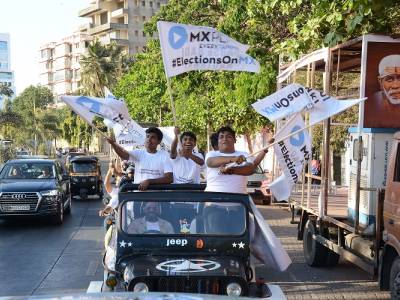

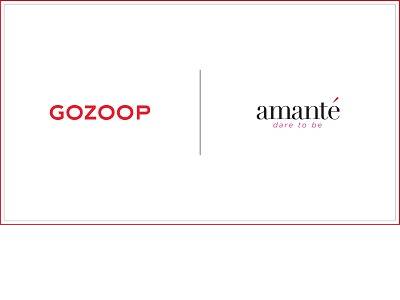
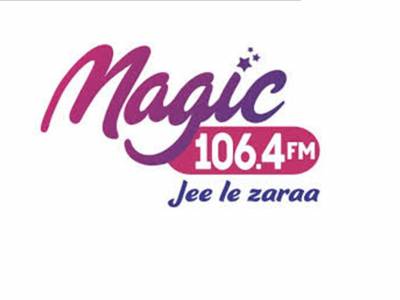
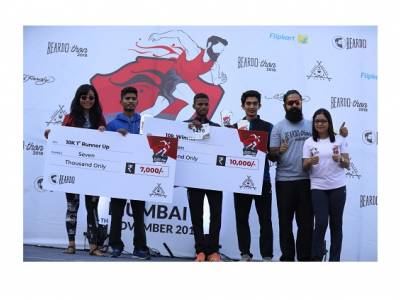

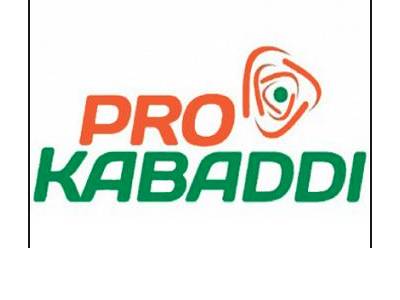
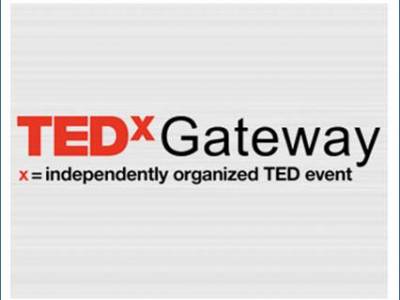

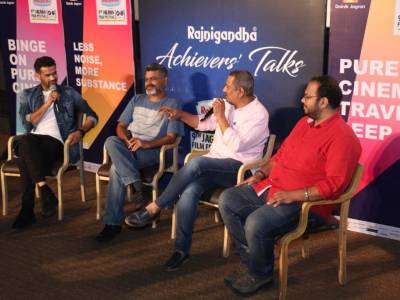



Share
Facebook
YouTube
Tweet
Twitter
LinkedIn